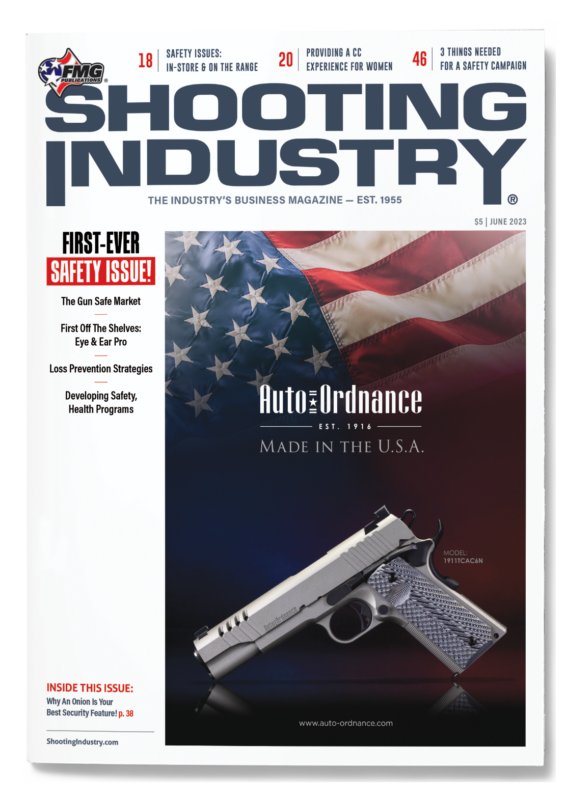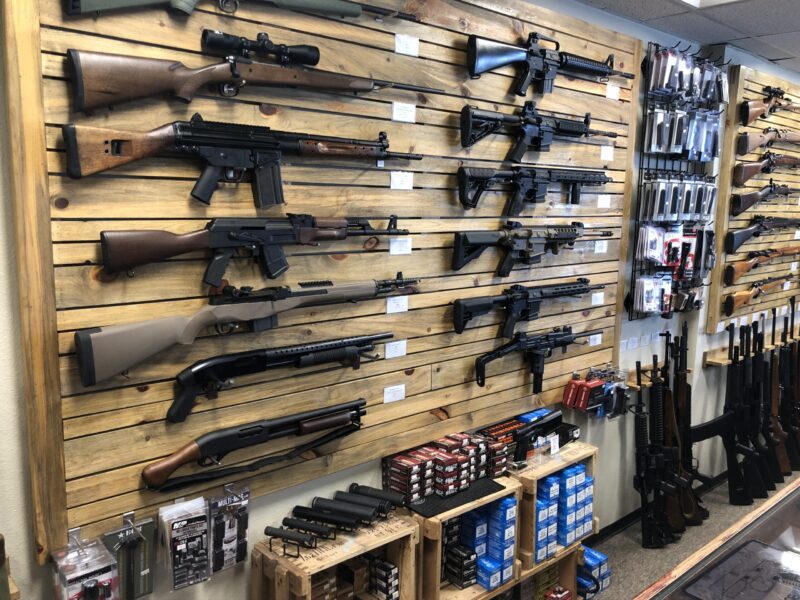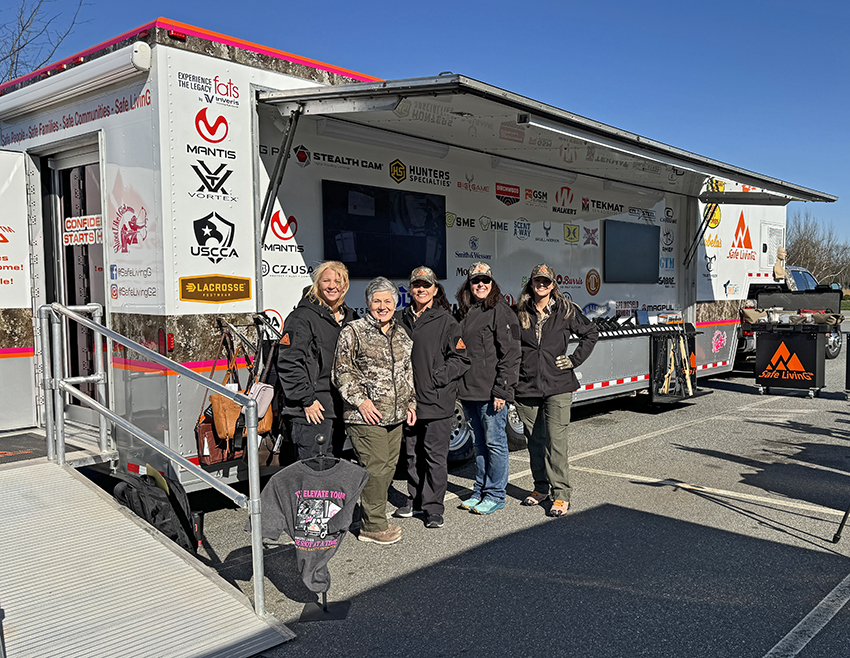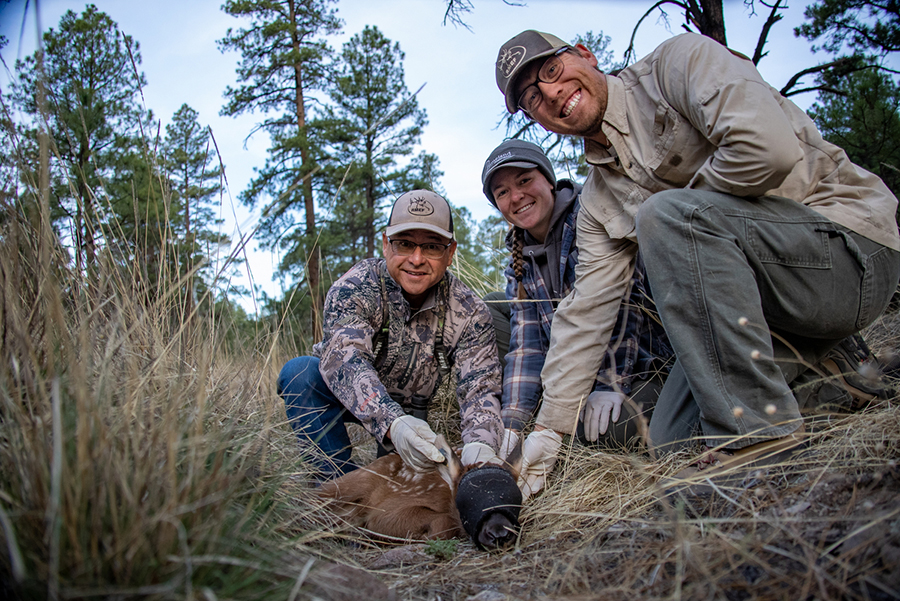An Onion Is Your Store’s Best Security Feature
Yes, you read the headline right — an onion! Well, not literally …
For those of you who are active military or veterans of an armored division (and thank you for your service), you’re probably familiar with the term “survivability onion.” For those of you not familiar with the concept, it shows, in a simplified way, combat can be viewed from a layered perspective, like layers of an onion, to maximize your ability to survive. The general concept identifies basic steps you can take to examine your situation and adapt to it.
The basic layers are, in order, as follows …
1. Don’t be there. If you aren’t there, you can’t be attacked.
2. Don’t be detected. If you aren’t seen, you won’t be attacked.
3. Don’t be targeted. If they don’t see you as a target, you won’t be attacked.
4. Don’t be hit. Employ countermeasures, should you be targeted, to not get hit.
5. Don’t be penetrated. When you do get hit, prevent the round from getting through.
6. Don’t be destroyed. If the projectile does get through, minimize the damage.
Layers Of Defense
It’s a straightforward and common-sense list of precautions put in an easy-to-understand format. That being said, we can adapt this mindset to conceptualizing the security of our stores and ranges. Let’s slice into the onion …
Mark Wershay, principal, VP and senior project manager of Zimmerman Architectural Studios Inc., shared some insights on different aspects of how we can adapt the “survivability onion” to help harden off our businesses and minimize the potential of theft and break-ins.
Firearms are the most common target for theft during a break-in. Knowing this fact, we can now apply the “survivability onion” and build out layers of defense to help secure our facilities.
1. Don’t be there.
Seeing as our stores aren’t mobile, it’s always going to be where it’s expected to be. Of course, we want people to know where we are! However, if we view the firearms in the store as the target instead of the store, there are steps we can take to have our firearms “not be there” when they are most vulnerable to theft.
Stores, particularly smaller ones, have the ability to secure their firearm inventory into safes or vaults at the end of the business day. This can be a time-consuming process that adds wear and tear to the firearms; but for those who can do this practically, it’s a means for the firearms to “not be there” when it comes to theft.
If a potential criminal knows you have firearms, but doesn’t know where they’re stored, we have satisfied the first layer of our “security onion.” For the rest of us who can’t (or don’t want to) move our firearms every evening, we move to layer two.
2. Don’t be detected.
Again, if we view this from the firearms being the main target, we further cloud the environment for any would-be thief by obscuring where the firearms are. Another way to read “don’t be detected” is “don’t be seen.”
It can be as simple as making sure there are no customers around when you store your firearms, so no one else knows where you put them. Install metal rolldown doors (or have them designed into the original construction) in your store. Use fixtures to prevent a thief from knowing which area of the store to target.
Anything you can do to put question into the thought process of a thief as to “where the goods are” will only put the odds in your favor of not being broken into in the first place.
“You already know thieves don’t think rationally, so if their desire to break in exceeds your ability to dissuade them then this is where ‘hardening’ the store becomes imperative.”
3. Don’t be targeted.
Wershay offered sage advice to help ward off the threat of even being targeted in the first place.
“You only need to be perceived to be 10% more secure than another shop in town and then you won’t be identified as the place to break-into,” he said.
The key message here: All you need is to be perceived to be well secured to minimize your theft risks, which takes us into layer four.
4. Don’t Be Hit.
So, what if our would-be thief knows where we are, we’ve chosen to leave the firearms on the sales floor at the end of the day and we don’t have the ability to hide their location in the store and our thief sees us as a ripe target? This is where we start taking a hard look at the facility itself and where we may have weak points in our security plan.
“Look around and make sure there is nothing outside the building that could be used to help the thief break in, such as chairs, tables, pavers, landscaping rocks or any other movable items,” Wershay advised. “These objects need to either be removed or secured so a thief doesn’t see them as a ready-made opportunity to break-in through glass or break down a door.”
Taking steps to eliminate “blind spots” provides added security, Wershay added.
“Minimize blind spots where a thief might be able to act unseen. Be sure there are clean, well-lit lines of sight and be sure to use cameras to keep all the exterior monitored. You can even add in extra ‘dummy’ cameras to add in extra perceived coverage, but at the very least make sure you leave no blind zones,” he said.
Therefore, make it obvious your store isn’t the place to even try and break into. It may mean cutting down overgrown landscaping, removing banners or signs and making sure all the exterior lights are working properly.
5. Don’t be penetrated.
You already know thieves don’t think rationally, so if their desire to break in exceeds your ability to dissuade them then this is where “hardening” the store becomes imperative.
Wershay shared some of the things his company is incorporating into its next project as means to prevent a break-in.
His first message was: “If a thief wants to break in, they’ll find a way. It’s simply our job to make it take as long as possible so authorities can arrive before they penetrate the facility.”
When asked for specifics, Wershay provided a laundry list of noteworthy considerations:
• Limit the number of entrances, and if a doorway is not specifically an employee or public entrance, make sure there is no exterior hardware to allow entry.
• For public entryways, if possible, make it a two-threshold vestibule to add an extra layer of security.
• Add security glazing to all glass areas. This can even be an added membrane-type material that can be applied to glass surfaces, even showcases, so if the glass gets attacked/broken it keeps it all together due to the membrane being bonded to all the pieces. This sort of glazing is also very tough and resistant to being broken through.
• Motion sensors and/or cameras on the roof. All too often this part of the building is neglected in the security plan and becomes the weakest link in the chain.
• “Bollards” is a fancy term for metal and/or concrete posts you see out in front of buildings. These are a key deterrent to smash-and-grab-style burglaries where the thieves drive a vehicle through the front of the facility to gain entry.
Be sure all ground level entrances have these placed to barricade entrances off from this sort of attack. For other ground-level areas, such as windows or other perceived “soft spots” in the building exterior, large landscaping boulders can take the place of bollards.
• Be sure all exterior entryways have full jam protection to deter prybar attacks.
• Minimize the areas of glazing/glass. No emergency or employee entrances should have any windows.
• Have active monitoring of the interior of the facility. Use cameras, glass break detectors, microphones and any other means of entrance detection you can afford. Even though most of these systems can send alerts directly to your phone, it’s still worth it to have your store monitored by a third party so they can act on your behalf to get authorities on the way.
• Use cloud storage to archive monitoring footage for later review. This can come in handy to detect/identify shoplifters during operational hours.
• Keep clear lines of sight inside the facility and minimize areas people can hide. This will help minimize daytime shoplifting and help authorities determine if your store is secure after a break-in.
“Have a well thought-out and documented ‘action item’ and ‘call list’ of who to call and what to do after a break-in.”
6. Don’t be destroyed.
If all our efforts have failed and our thief gains full access to our facility and has time to take action, how can we minimize the negative impacts?
Make sure you’ve already done the following:
• Lock up all showcases and secured areas at all times.
• Upgrade showcases to have break-resistant laminates/glazing.
• Minimize the number of items on display. There’s no need to have excessive numbers of units of the same firearm or high-value accessory in the showcase at the same time. Keep extra units in a more secure backstock area.
• Be sure to have any high-value accessories secured and not just out on general display.
• Let the authorities do their job of securing the facility after a break-in. You can’t run your business from the hospital or the grave by trying to be the hero. It’s just stuff … this is why you have insurance.
• Speaking of insurance, be sure you’re properly insured! As your business grows so does the need to expand your coverage. Part of “don’t be destroyed” means you can continue operations as seamlessly as possible after a break-in.
• Have a well thought-out and documented “action item” and “call list” of who to call and what to do after a break-in. Make it readily accessible to all responsible owners/employees. In times like this it’s easy to get caught up in the moment and forget the things you need to do in a timely fashion, or worse — you’re not in the area and need to lean on others to get things done.
How Does It Smell?
Bottom line, it’s essential for every facility to have a thoughtful, coherent and strong smelling “security onion.” Looking at store security through this paradigm can help you build enough layers of deterrence to make the thief keep your store off their radar and help you survive should the worst happen.





